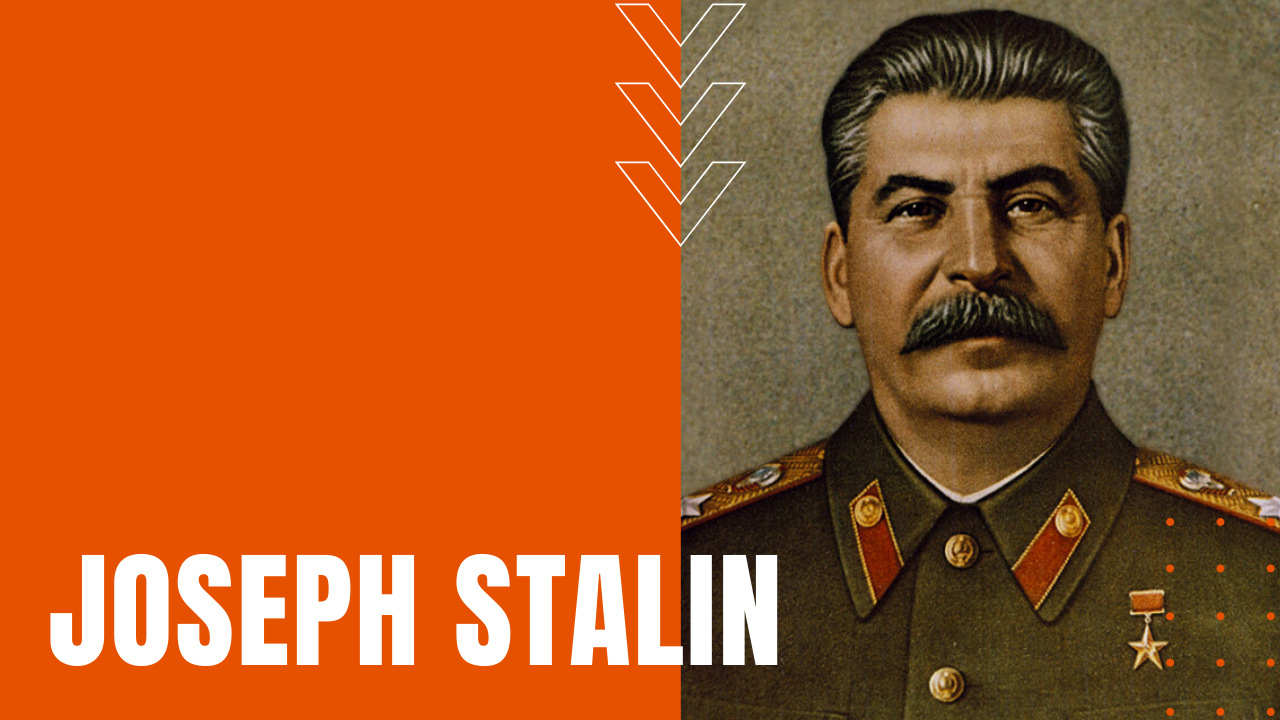Joseph Stalin: Biography of a Dictator

Born into poverty in 1878 Gori, Georgia, as a teenager, Joseph Stalin earned a scholarship to attend a seminary in the city of Tblisi, where he secretly began reading Karl Marx’s Communist Manifesto.
Stalin’s Involvement in Bolshevik Party
After he was kicked out of school for spewing Marxist propaganda, Stalin became an underground political agitator for the Bolshevik Party, at the same time engaging in criminal activities such as bank robbery to help fund the Bolsheviks, which landed him in prison or exile in Siberia multiple times from 1902 to 1913.
After the Bolsheviks seized power in 1917, Stalin rose to the rank of secretary-general of the Communist Party within the newly-formed Soviet Union, which allowed him to appoint his allies to positions of power, further expanding his political base of support. After Soviet leader Vladimir Lenin died in 1924, Stalin outmaneuvered or eliminated his rivals, becoming dictator of the Soviet Union by 1929.
Dictator Stalin
In an attempt to transform the Soviet Union from a nation of peasants to an industrial superpower, Stalin implemented a series of five-year plans, which included the collectivization of Soviet farms, and when millions of farmers resisted the seizure of their properties, Stalin executed or exiled millions of farmers, which in turn caused widespread famine that took millions of additional innocent lives.
How Many People did Joseph Stalin Kill?
Stalin’s reign of terror would cost the lives of millions of Russians by his death in 1953—as many as 20 million by some estimates—including Stalin’s Great Purge of the late 1930s, which killed off those in the Communist Party whom Stalin considered a threat.
Stalin would side with the Allies during World War Two, defeating the Germans in the seven-month Battle of Stalingrad from August of 1942 to February of 1943. In the final two years of the war, as Adolph Hitler capitulated from offensive territorial expansion to troop pullbacks in defense of Germany, Stalin participated in the Allied conferences to discuss the post-war direction of Europe, including Tehran in 1943 and Yalta in 1945, remaining loyal to the Allies while at the same time never losing sight of his vision to expand the Soviet Union.
Cold War
His reign of terror continued unabated after the war, establishing Soviet satellite governments throughout Eastern Europe. Stalin’s expansionist ambitions led to the start of the Cold War in 1947, when President Harry S. Truman and Congress supported the governments of Turkey and Greece, who were then under threat from Communist rebel fighters.
Cold War events came to a head in 1950, when Stalin gave North Korean leader Kim Il Sung permission to invade U.S.-supported South Korea, leading to the Korean War of 1950 to 1953.
How Did Joseph Stalin Die?
Stalin died from a stroke on March the 5th, 1953, and his body was preserved in Lenin’s mausoleum until 1961, when his remains were reburied near the Kremlin walls as part of the de-Stalinization era initiated by his successor, Nikita Khrushchev, making Joseph Stalin one of the most feared dictators in the history of modern Russia.
